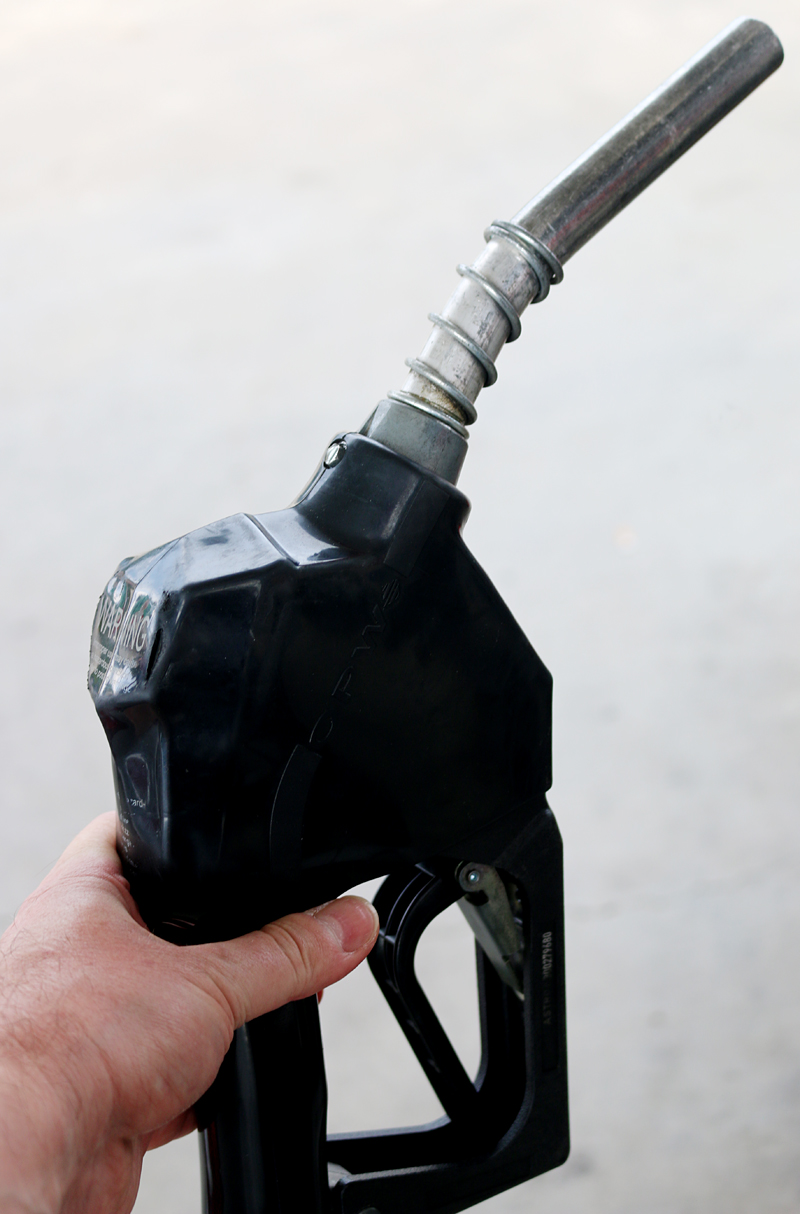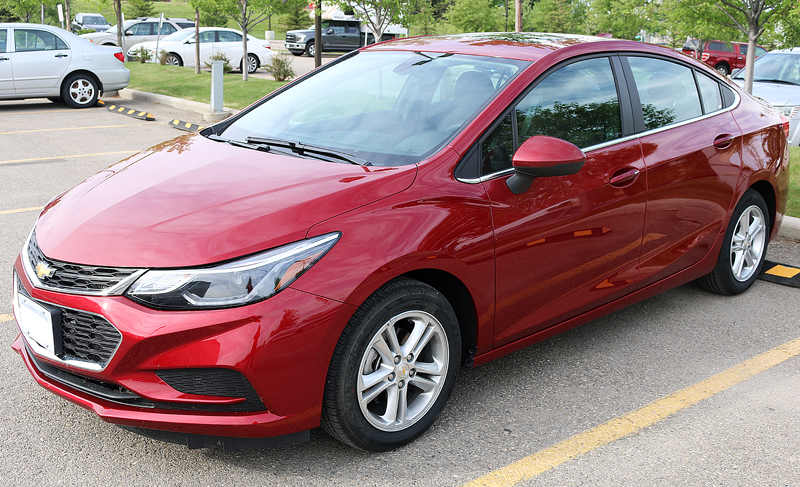As part of its quest to become carbon neutral in its global products and operations by 2040, General Motors announced in this official press release earlier today, Thursday, January 28, 2021 that — in partnership with the Environmental Defense Fund — the company will develop “a shared vision of an all-electric future and an aspiration to eliminate tailpipe emissions” from its new light-duty vehicles by the year 2035.
General Motors to Eliminate Tailpipe Emissions From New Light-Duty Vehicles by 2035

In its commitment to targets which are based on science, General Motors is committed to reaching carbon neutrality in its global products and operations by the year 2040; and the vehicle manufacturer plans to decarbonize its portfolio by transitioning to battery electric vehicles or other zero-emissions vehicle technology, sourcing renewable energy, and leveraging minimal offsets or credits.
What this may very well mean is that the vehicle which you rent while traveling after the year 2035 will most likely be zero emissions, which means that it will not be powered by gasoline, diesel, or other types of fossil fuels — especially if other manufacturers of vehicles follow the lead of General Motors.
“The use of GM’s products accounts for 75 percent of carbon emissions related to this commitment”, according to the aforementioned press release. “GM will offer 30 all-electric models globally by mid-decade and 40 percent of the company’s U.S. models offered will be battery electric vehicles by the end of 2025. GM is investing $27 billion in electric and autonomous vehicles in the next five years — up from the $20 billion planned before the onset of the COVID-19 pandemic.”
Existing issues which need to be overcome for the goals of General Motors to be successfully met include the continued development of its Ultium battery technology, which should be expected to match the range of miles which engines that are powered by gasoline engines are capable today — typically up to 450 miles between refueling — as well as more stations which are capable of recharging electric vehicles with zero emissions.
Reducing emissions has been an ongoing collaborative effort which has generally been successful over the past 40 years, as illustrated in the following chart from the Environmental Protection Agency of the United States:
| 1980 vs 2019 | 1990 vs 2019 | 2000 vs 2019 | 2010 vs 2019 | |
|---|---|---|---|---|
| Carbon Monoxide | -75 | -69 | -56 | -27 |
| Lead | -99 | -87 | -76 | -30 |
| Nitrogen Oxides (NOx) | -68 | -65 | -61 | -41 |
| Volatile Organic Compounds (VOC) | -59 | -47 | -27 | -18 |
| Direct PM10 | -63 | -30 | -27 | -17 |
| Direct PM2.5 | — | -36 | -43 | -20 |
| Sulfur Dioxide | -92 | -91 | -88 | -73 |
Summary
I have always believed in conservation in order to protect the ecology and environment — and that doing so does not have to occur at the cost of jobs, industries, or draining the wallet or purse of the average person — which is why I applaud the bold initiative which was announced earlier today from General Motors…
…but continuing to successfully do so will not be an easy task, as a long road ahead fraught with challenges awaits.
Last year, many people who ventured outside breathed cleaner air due to fewer vehicles which were on the road, thanks to the current 2019 Novel Coronavirus pandemic. Perhaps one day, we will all breathe even cleaner air while simultaneously using our vehicles as normal…
All photographs ©2015 and ©2017 by Brian Cohen.
